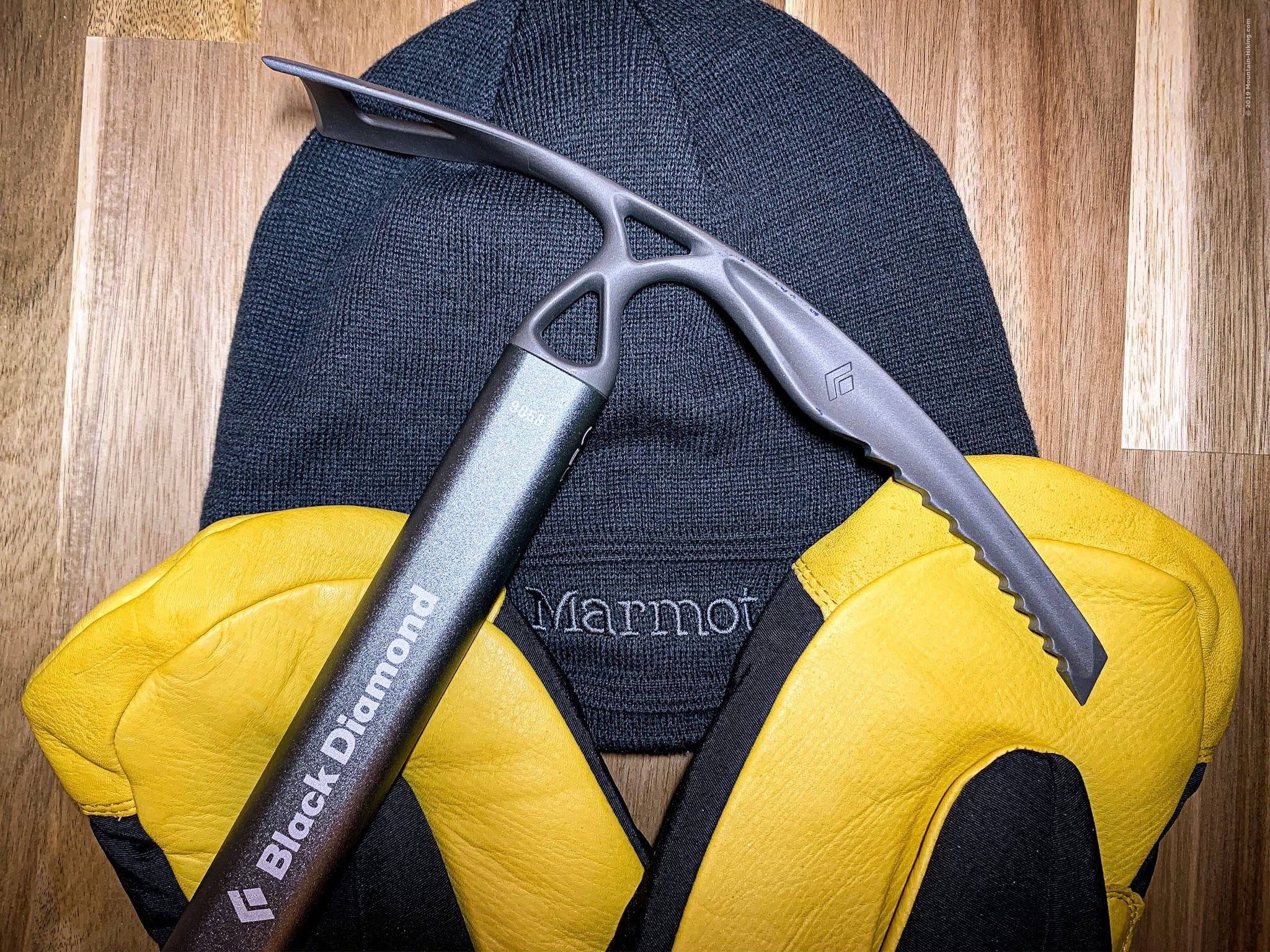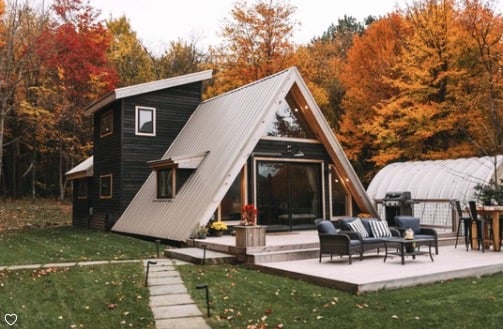Disclosure: This content may contain affiliate links. Read my disclosure policy.
January and February often have spectacularly cold weather in the northeast, with wind chills sometimes dipping to -40°F (-40°C) at summits. Too cold to hike? For most of us, definitely!
However, friends and followers have braved these extremes on the mountains — sensibly, in small hiking groups and on easier peaks. Personally, with that kind of forecast, I will nope-out!
Even as early as September, mountain temperatures often drop below freezing, which is many people’s definition of “too cold to hike”.
So how cold is too cold to hike?
It’s so personal. To figure it out for you, you’ll need to consider several factors…
How Cold is Too Cold to Hike?
Each person has to asses the risks for themselves. Broadly speaking, there are six things to consider:
- Weather
- Comfort
- Safety
- Frostbite
- Hypothermia
- Gear
Weather: Hiking at 40°F & Below
To get a sense of how cold it might get on your next hike, consult a website like mountain-forecast.com to see what factors will be in play. A summit forecast will give you a quick sense if it’s too cold to hike.
To go deeper, think about how temperature at the summit + wind speeds at the summit = wind chill at the summit.
Consider, too, any storm potential. Precipitation of any kind (rain, hail or snow) increases your risks.
BTW, you might also enjoy…
- NEW › New York Hike Finder Tool
- CATSKILLS › Escarpment Trail Guide
- STAY › Find Your Perfect Catskills Stay
- ADIRONDACKS › Dix Range from Elk Lake
- ENTERTAINMENT › 15 Best & Worst Hiking Movies
- Follow › My Instagram @TotalCatskills
- Follow › My Substack @TotalCatskills
- Follow › My writing for Times Union
- Also Read: How Windy is Too Windy to Hike? That’s easier to say because there’s a specific wind speed above which I won’t hike…
Too cold to hike? Bear in mind that all forecasts are based on mathematical models. Mountain weather can change rapidly. Actual conditions can be considerably worse. Always plan on conditions being worse.
In March 2010, two hikers climbed Blackhead Mountain in the Catskills and were overwhelmed by a sudden snowstorm. One lived. One died.
Warning! In winter conditions, on a mountain, the risk of danger is hugely increased. The stakes are way higher. A lack of preparation or knowledge, or a missing piece of gear, could mean death in a very short time.
Comfort
This is the most personal factor. There are people who never hike in winter, because any amount of cold means it’s too cold to hike.
But some people seem to have both the gear and the will to hike even on the bleakest of days. With the right winter hiking gear, it’s possible to hike in comfort through most of winter. Even if you choose to avoid the absolute coldest days, you can get outside and have an amazing time.
Personally, if the wind chills drop below -4°F (-20°C), I tend to nope-out. That’s my personal too cold to hike limit.

Safety
Consider the remoteness of your planned hike, whether it’s a trailed route or a bushwhack, how steep it is, how difficult the terrain is — not just for yourself and your fellow hikers, but for any Search And Rescue (SAR) team members who may be called to your aid.
The risks you face are never just yours alone. They extend to your family, friends, workmates, and volunteers.
Consider in this COVID-era, that you may not want to end up in a hospital wing for reasons that are, essentially, elective.

Frostbite
Frostbite is when cold damages your skin or outer tissues. Basically, your skin and flesh can freeze just like a steak in your freezer. You don’t want this! It’s painful and severe tissue damage is irreversible. You can lose fingers and toes, the end of your nose. Definitely too cold to hike.
One of the problems with cold weather is that your feet and hands and face can become so numb you lose your sense of pain. This is why skin color is so important to track. At first, I notice my skin turns a little pink. But a few times I’ve seen the back of my hands turn yellow — an early (reversible) sign of frostbite.
Frostbite can be early, intermediate or advanced.
In the earliest stages of frostbite, skin turns pale yellow or white. It may itch or sting, and you might get a pins-and-needles sensation.
After this, as you progress to the intermediate level, skin can become hard and waxy looking. Very not good.
Frostbite can happen quickly. At -10°F, it will develop on exposed skin in just a few minutes. Wind is a frostbite multiplier. Cover all exposed skin and stay dry.
You should monitor your skin regularly. Keep watch on your hands and face during any breaks, and keep moving. I find it takes 10-15 minutes hiking to warm back up after too-long a rest break.
Hypothermia
Is it too cold to hike in summer? Maybe! Strictly speaking, it’s possible to slip into hypothermia even in August. Any time your body is unable to thermoregulate enough heat, you’ll start to feel the effects of hypothermia. These include…
- progressing from shivering (a good thing) to no longer shivering (a bad thing)
- slow/shallow breathing
- confusion
- memory loss
- slurred speech, and…
- loss of coordination
Any one of these symptoms, on any hike, at any time, is a signal of serious trouble.
Hikers rightly fear water next to their skin. Be it rain, melted snow, or even just sweat, moisture is a hypothermia multiplier. Stay dry. Stay warm.

Winter Hiking Gear
“There’s no such thing as bad weather — only bad gear!” (That’s what Scandinavians say.)
The right gear certainly opens up the spectacular world of winter hiking. Too cold to hike? Maybe not. Modern winter hiking gear goes a long way to protecting us from the elements. But Remember: even the best gear can only reduce risks, never eliminate them.
On a mountain, in winter, any incapacitation or injury is potentially deadly.
Want to know what your hiking in cold weather outfit should look like? Here are some articles to get you started on gear for winter hikes…
- Check out this comprehensive Winter Hiking Kit List and learn how to stay warm and safe
- Grab the Winter Day-Hike Checklist — a PDF download with everything you need in one place
- The winter hiking gear in these lists is additional to a basic mountain hiking kit which should always include The Ten Essentials and the correct emergency number!
Too Cold to Hike?
Only you can decide if it’s too cold to hike for you. But the above considerations, I hope, will help you interrogate your own needs and personal risk assessment.
Get full access…
Get instant access to the full version of this site and enjoy great supporter benefits: full galleries, full trail notes, early access to the latest content, and more.
Hot on the website right now…
Follow for more…
Follow my @TotalCatskills content on Instagram for regular hiking inspo and safe, inclusive community.


